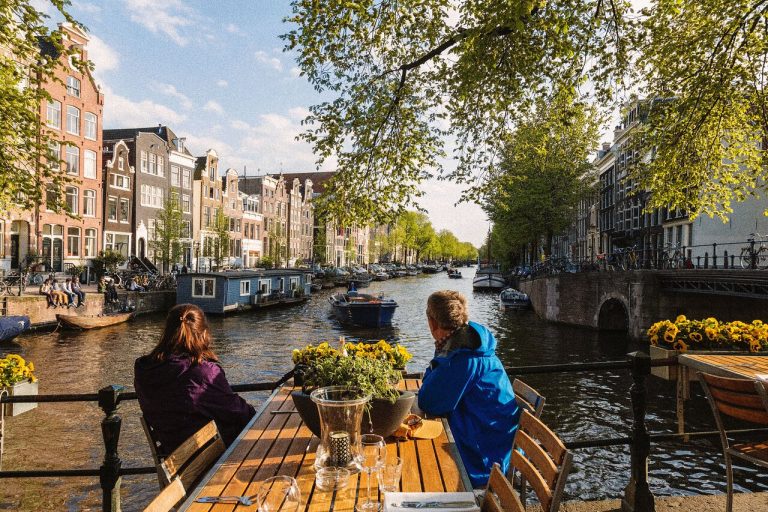
The Indian Railways were conceptualized in 1832 at Madras. India’s first train, the Red Hill Railway ran from the Red Hills to the Chintadripet Bridge, back in 1837. The first passenger train, however, ran only in 1853 between BoriBunder located in Mumbai and Thane. It travelled a total distance of 34 kilometres and carried 400 people, spread across 14 carriages and was hauled by three locomotives. It was a glorious day. Since then, the Indian Railways has come a long way.
Presently, more than thirteen 13000 trains run daily. There are 7349 train stations scattered across the country. Another 9200 freight trains run every day, transporting goods and other commodities. Over 120000 kilometres of tracks have been laid out, making it the 4th largest railway network in the world. Over the year starting from March 2017 to March 2018, it carried an unprecedented 8.26 billion passengers.
Our forefathers, who had the vision to build this network across the country, way back in 1832, could not have dreamt of the volume that the Indian Railways would transport every day. Even though a significant amount of progress has been made, there is still a long way to go.
Some proposed plans and advancements:

Hyperloop: A Hyperloop system has been proposed between Mumbai and Pune. The route has been surveyed in detail, and the conclusion is that it is feasible. Implementing such a system will reduce the travelling time from about 3 hours currently to a mind-blowing 14 minutes. It can carry about 10000 passengers per hour. With over 3 lakh people commuting between the two cities every day in over 1.1 lakh vehicles, the project aims to reduce the traffic. It will prove to be a godsend for those who travel on this highway every day.
Technology: The advent of technology in the Railways has been hailed as one of the best initiatives taken up. Options such as online ticket booking, irctc train enquiry between two stations, and running status of trains have completely changed the dynamics. Previously, buying tickets used to be an exhausting endeavour. Standing in the long queues, early in the morning to book a train for a month in the future was the norm. Nowadays, you can even book a ticket for a train ticket on the next day from the comfort of your home.
The Indian Railways in collaboration with Google has made over 400 stations across the country Wi-Fi-enabled. CCTV cameras are being installed in some of the trains from 2017 onwards. By the end of 2018, over 963 stations will be monitored through CCTV cameras.
Fuel and Power: The Indian Railways, in an attempt to harness renewable sources of energy, have introduced rooftop solar electricity. As solar energy becomes more accessible, efficient and affordable, solar power has the potential to completely replace traditional sources.
All stations will have LED lighting by March 2018, in order to reduce the electricity cost.
Such steps are sure to ensure a more seamless experience for the passengers. With all the plans that have been laid out, the Indian Railways are sure to make progress.




